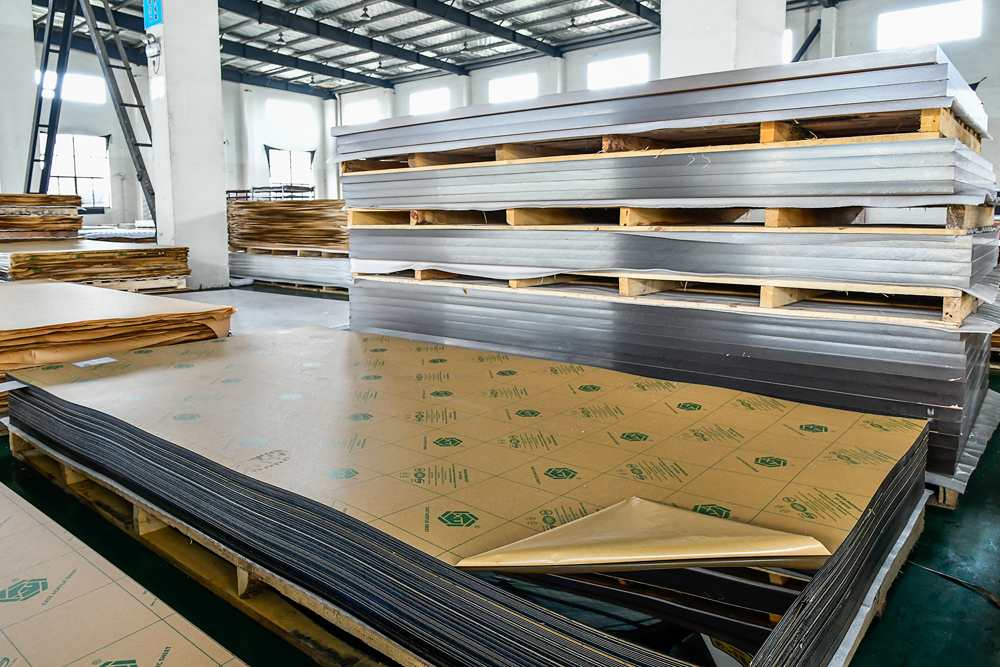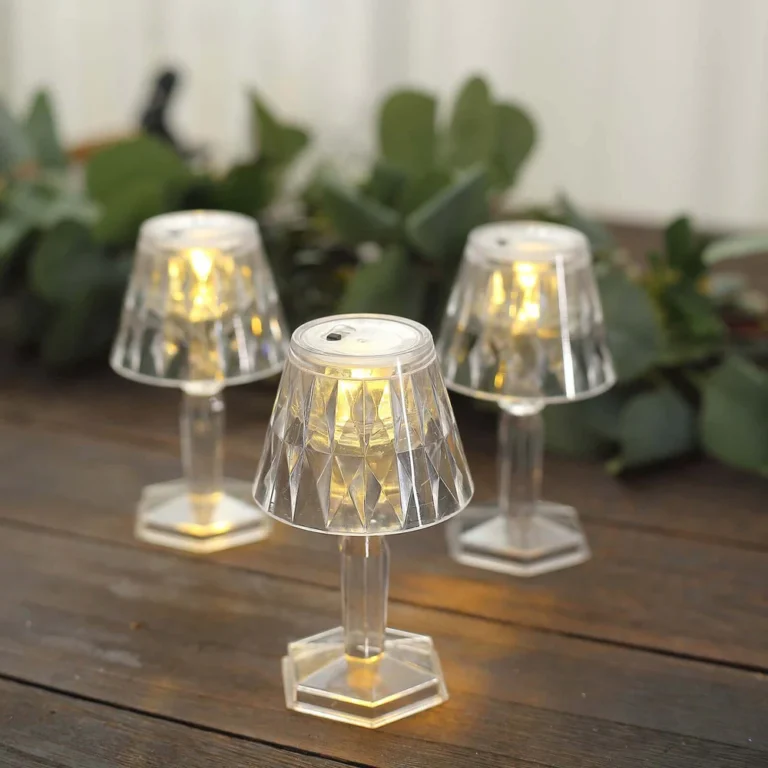-
Xinqi Development Zone, Leliu, Foshan, Guangdong

Why Acrylic Beats Glass for Modern Advertising Signs?
Lighter, tougher and more economical acrylic sheets are reshaping the standards and visual experience of the advertising signage industry with overwhelming advantages.
In the visual arena of modern advertising, the choice of signage materials directly determines the communication effect and operating costs of brand information. Traditional glass once dominated the mainstream with its transparent texture, but due to weight, fragility and processing restrictions, it gradually gave way to a more innovative alternative – acrylic sheet (also known as PMMA).
This high-molecular polymer has a light transmittance of more than 92%, which is close to the visual clarity of glass. At the same time, its impact resistance is 10-17 times that of ordinary glass, which completely solves the fatal weakness of glass: the risk of shattering. When advertising signs no longer need to be “carefully” maintained, the operating efficiency of merchants is essentially improved.
1.Safety first, acrylic’s impact resistance revolution
The biggest pain point of glass in signage applications is its inherent brittleness. Once hit by external force, ordinary glass will break into sharp fragments, while tempered glass will break into blunt-angle particles, but there is still a risk of splashing. This poses a potential threat to the signage system in shopping malls, subway stations or children’s areas with dense traffic.
Acrylic sheet fundamentally changes this safety logic. Its polymer chain structure can absorb impact energy, and only bends or cracks when hit, and will not burst into dangerous fragments. Even if it breaks under extreme pressure, the edges are relatively rounded and blunt honeycomb fragments.
For example, if the hanging menu board in a fast food restaurant uses glass, it is very easy to cause accidents when employees clean it or customers collide with it; after switching to acrylic, such hidden dangers are significantly reduced, and maintenance costs are reduced simultaneously.
2.Lightweight design, economics of installation efficiency
The density of acrylic sheet is only about 1.2g/cm³, and the weight is half of that of glass. This feature produces chain benefits in large-scale signage projects:
- Reduced transportation costs: For 5mm signs of the same area, acrylic can be 50% lighter than glass, significantly reducing logistics costs
- Installation flexibility: Workers can carry large panels alone, reducing the need for lifting equipment, especially suitable for high-rise exterior walls or temporary booths
- Simplified support structure: Lightweighting reduces the requirements for wall load-bearing capacity, and no additional reinforcement is required for adding billboards to old buildings
The American Advertising Association’s research shows that the comprehensive installation cost of acrylic signs is 30%-40% lower than that of glass, becoming the core factor for chain stores to quickly install standardized signs.
3.Optical performance and weather resistance, the long-term code for outdoor signs
The light transmittance of high-quality acrylic sheets reaches 92%-93%, surpassing ordinary glass (85%-88%). More importantly, its uniform light scattering makes backlit signs (such as light boxes) present a soft and glare-free visual effect and avoids local overexposure.
In terms of weather resistance, acrylic has advantages that glass cannot match:
- UV resistance: Acrylic with UV coating can withstand long-term sunlight and delay the yellowing process. Experiments show that the light transmittance of high-quality acrylic only decreases by 3% after 5 years of outdoor use, while ordinary glass may lose 15% brightness due to accumulated stains
- Chemical corrosion resistance: It can resist acid rain and detergent corrosion and maintain surface finish
These characteristics make acrylic an ideal choice for harsh environments such as highway billboards and gas station roof signs, greatly reducing the frequency of replacement due to aging.
4.Design freedom, the key driver of creative implementation
The thermoplastic properties of acrylic open up a modeling dimension that glass cannot achieve. It can soften at around 120℃ and can be easily shaped into curved surfaces, waves, or even multi-dimensional structures through hot bending machines or molds. The curved display stand of the Apple flagship store or the spiral guide sign of the museum are examples of the flexibility of acrylic processing.
The processing convenience is also reflected in post-processing:
- Cutting: Laser or CNC machine tools can be used to achieve complex contours with an accuracy of ±0.1mm
- Engraving: Fine graphics can be etched on the surface, forming a three-dimensional light effect when light is transmitted
- Coloring: Supports dyeing and UV printing of gradient patterns to meet brand customization needs
This “unconstrained design” feature enables advertisers to quickly iterate their creativity. For example, a fashion brand can make a special-shaped POP display stand for a limited event, which takes only 48 hours from drawing to finished product.
5.Cost-effectiveness, full life cycle calculation rules
Although the unit price of acrylic sheet may be slightly higher than that of ordinary glass (about 100 yuan/㎡ vs 50 yuan/㎡) at the same thickness, its full life cycle cost is significantly superior:
- Low processing loss: Glass cutting breakage rate can reach 20%, while acrylic is only about 5%
- Low maintenance cost: Shatter resistance reduces unexpected replacement expenses. The New York subway sign renovation project shows that the 5-year maintenance cost of acrylic signs is 60% lower than that of glass solutions
- Energy efficiency: Lightweight transportation reduces carbon emissions and meets ESG corporate policy requirements
In mass production, the cost advantage of acrylic is further magnified. For example, a chain supermarket uniformly updates the price signs of 200 stores. The total expenditure of the acrylic solution is 35% lower than that of glass, mainly due to the intensive benefits of transportation and installation.
6.Industry application examples, successfully verifying performance advantages
Acrylic has penetrated the visual identification system of various commercial scenarios:
- Retail terminal: Zara’s luminous shelf signs use 5mm transparent acrylic, with LED side light source to achieve uniform and shadow-free lighting
- Catering system: Starbucks seasonal menu board uses double-layer frosted acrylic, anti-fingerprint and can quickly replace embedded posters
- Outdoor media: Times Square’s curved light box is formed by acrylic overall hot bending, seamlessly displaying high-definition images
These cases confirm acrylic’s ability to balance function and aesthetics – it not only meets the durability requirements of commercial signs, but also enhances the brand tone with modern texture.
From the giant screen in New York’s Times Square to the menu board in the community cafe, acrylic is reshaping the carrier rules of commercial visual expression.
The progress of material science has never stopped, and special glass still has a place in high-temperature or ultra-high-definition scenes (such as museum showcases). But for 90% of the advertising signage needs, acrylic has completed the iteration of glass with its “three-in-one” advantages – higher safety, lower overall cost, and stronger design plasticity.
When Google Park chose to replace the old glass signs with acrylic signage, its facility manager admitted: “Maintenance work orders have been reduced by 75%, employees are no longer scratched by debris, and the transparency of the signs has been improved.” This may mark the true arrival of a new era of advertising carriers.







